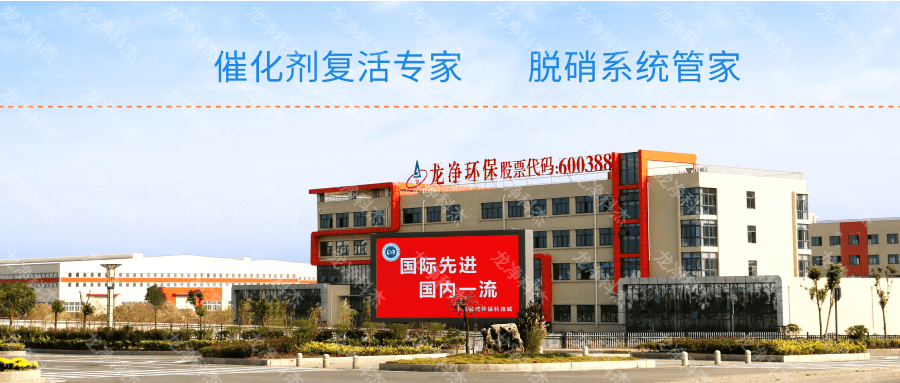Typically, arsenic in flue gas comes from fuel. When arsenic content in fuel and flue gas is low, the catalyst performance is not affected. When the arsenic content of the fuel reaches a certain level, the catalyst will work in the flue gas containing higher concentration of arsenic oxide, which will cause arsenic poisoning. Arsenic poisoning is a chemical deactivation in which the molecular structure of the catalyst is changed and therefore it is difficult for the catalyst to recover.
Arsenic poisoning of catalyst is shown as:
The denitration efficiency of catalyst decreases greatly in a short time.
When the amount of arsenic in the catalyst reaches a certain level, the microstructure of the catalyst will change.
Until now, arsenic poisoning has been regarded as an "irresistible" force. No commercial catalyst can be completely immune to arsenic. Arsenic poisoning can be delayed with certain methods to extend the life of the catalyst.
There are two solutions to arsenic poisoning:
One is source control, in which limestone is added to the combustion process to reduce the production of gaseous arsenic oxide, which is popular abroad.
The other is to regenerate the catalyst of arsenic poisoning.

Contact:
Phone: 0086-13179322202
Tel: 0086-515-88515388
Email: info@longkingcotech.com
Add: 201106, 3F, Bldg 10, NO.55 Nanhua Str. Shanghai, China